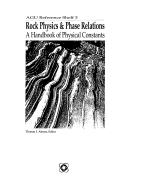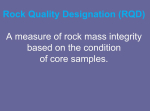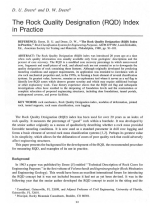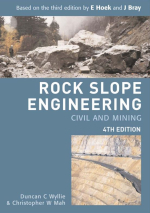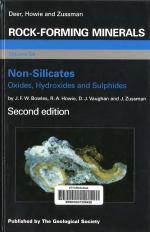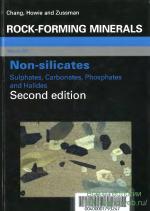Tt is 50 years since the publication of the first edition of this volume of Rock-forming Minerals. The intervening years have seen a vast growth in the range and quantity of published work on 'non-silicate" rock-forming minerals, a growth that has justified dividing the topics of the first edition into two volumes (sulphates, carbonates, phosphates and halides have already been covered; see Chang, Howie and Zussman, Rock-forming Minerals, Vol. 5B, 2nd edn. The Geological Society, 1996). Here, we discuss the oxides, hydroxides and sulphides. This growth in published information on oxide, hydroxide and sulphide minerals has resulted partly from the availability of new techniques for the chemical and structural analysis of these materials and the characterization of their physical and chemical properties. It has also been the result of the opening-up of entirely new fields of investigation where these minerals play a key role. The list of minerals discussed in this new edition has expanded somewhat compared with the first edition; although the same five sulphide minerals are considered "rock-forming', the hydroxides have gained several new iron hydroxide phases (akaga-neitc. ferrihydrite and feroxyhyte), while losing limonite. These developmenb are largely due to better characterization of poorly crystalline ultrafine particle phases using new techniques. The list of oxides has also expanded with additions including quandilite. pseudonitile and armalcolite, the last a lunar mineral and a legacy of the Apollo missions which occurred seven years after publication of the first edition.



